Starlink Mini is available, but with limited data options
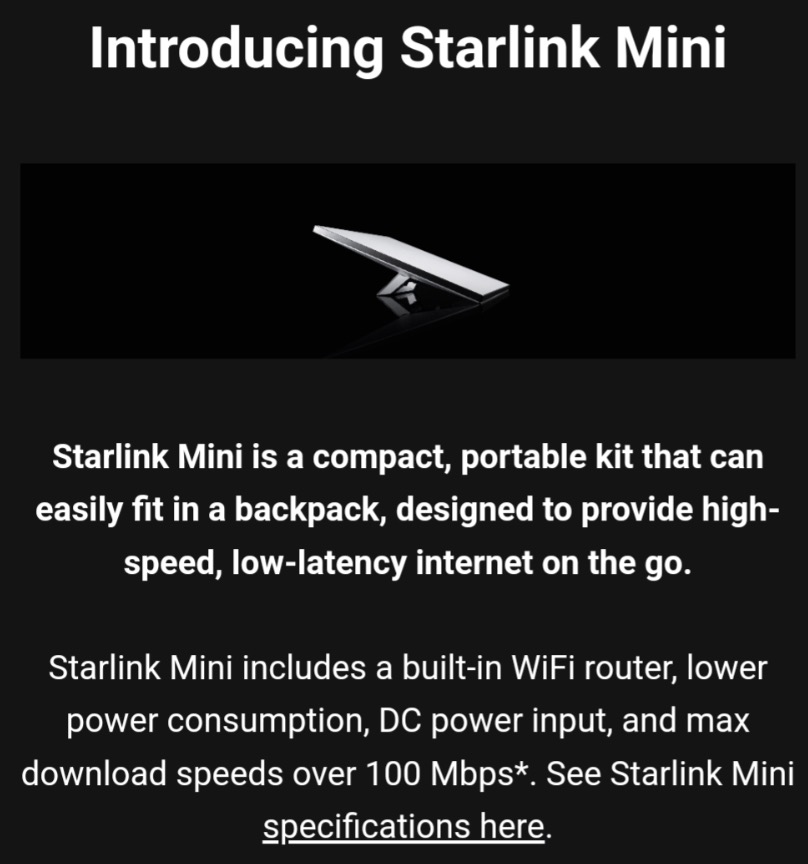
We’ve been hearing about Starlink’s Mini terminal for a long time now. Recently, hints from regulatory filings, new documents on their website, preparation for the new terminal in the app, and even a Tweet from Elon Musk made it seem the introduction was imminent. This week, Starlink made links on the website live and started sending emails to some long time subscribers offering an opportunity to purchase the new terminal. Now we have the opportunity to see if the Mini answers some of boater’s gripes with the current hardware.
It is early days for the Mini and what we know is limited to what can be gleaned from Starlink’s website and a few anecdotal reports. Currently, the Mini can be purchased in the U.S. by invitation only for $599 with a 50gb capped service plan added to an existing residential subscription for $30 per month.
Physical size
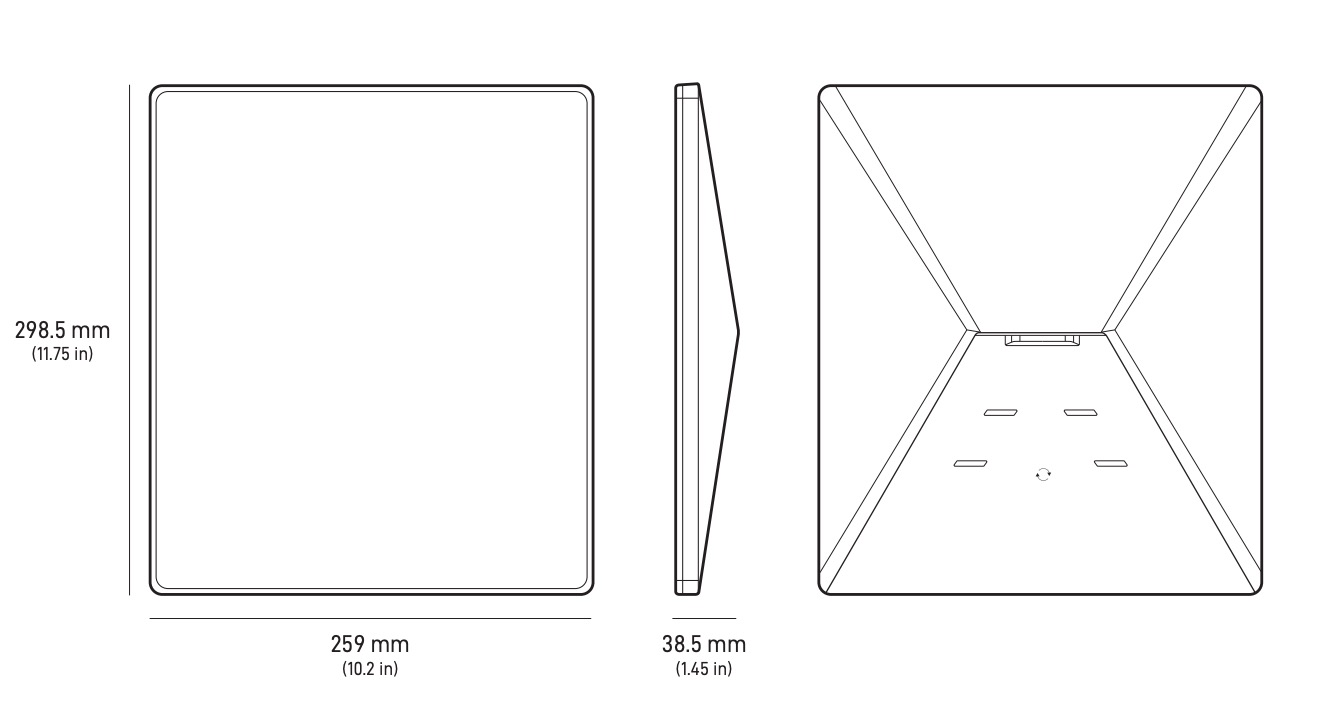
The first logical question to answer is: How mini is mini? According to Starlink less than one foot by one foot and less than 1.5 inches thick is mini. That’s pretty small! Starlink has touted the ability of the Mini to fit in a back pack and this fits that bill. Plus, the Mini weighs a hair over 2.5 pounds with the kickstand attached.
Power options and efficiency
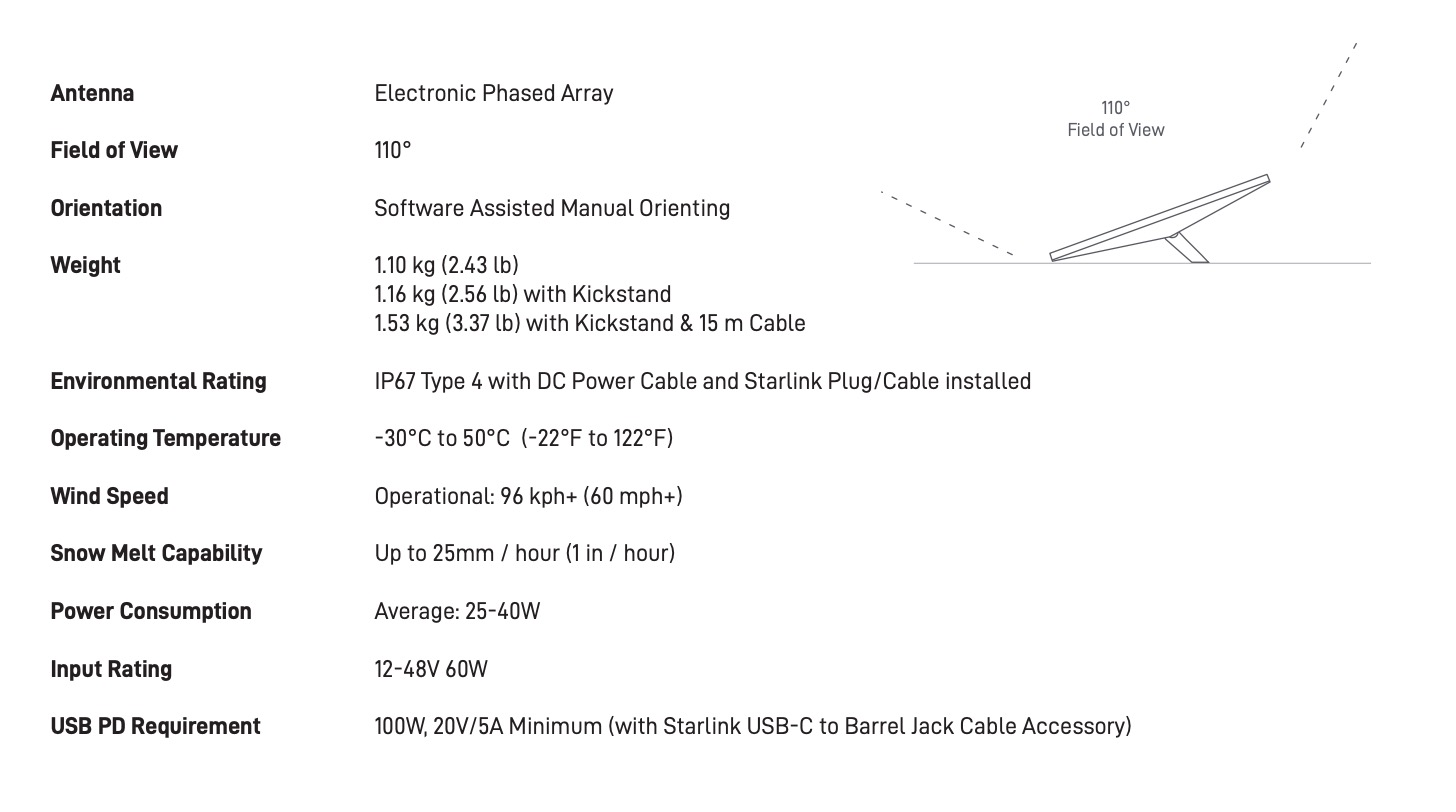
To date, all of Starlink’s terminals have required AC power from utility power, a generator, or an inverter. Considering the many mobile uses for Starlink, that’s been an issue. It’s also given rise to a cottage industry converting Starlink terminals to run off of DC power.
Fortunately, it would seem SpaceX has listened to some of the feedback they’ve received. Although the Mini includes an AC power supply, it can run directly off of 12 to 48 volts DC. Plus, Starlink offers an accessory cable from USB-C to the barrel jack used on the terminal. This option is compatible with 100 watt and greater PD certified USB-C power supplies.
Starlink’s specs say the Mini draws between 25 and 40 watts. That’s a big drop from the 50 to 75 watts they rate the standard actuated (second generation) and an even bigger drop from the 75 to 100 watts the standard’s (third generation) rating.
Connectivity
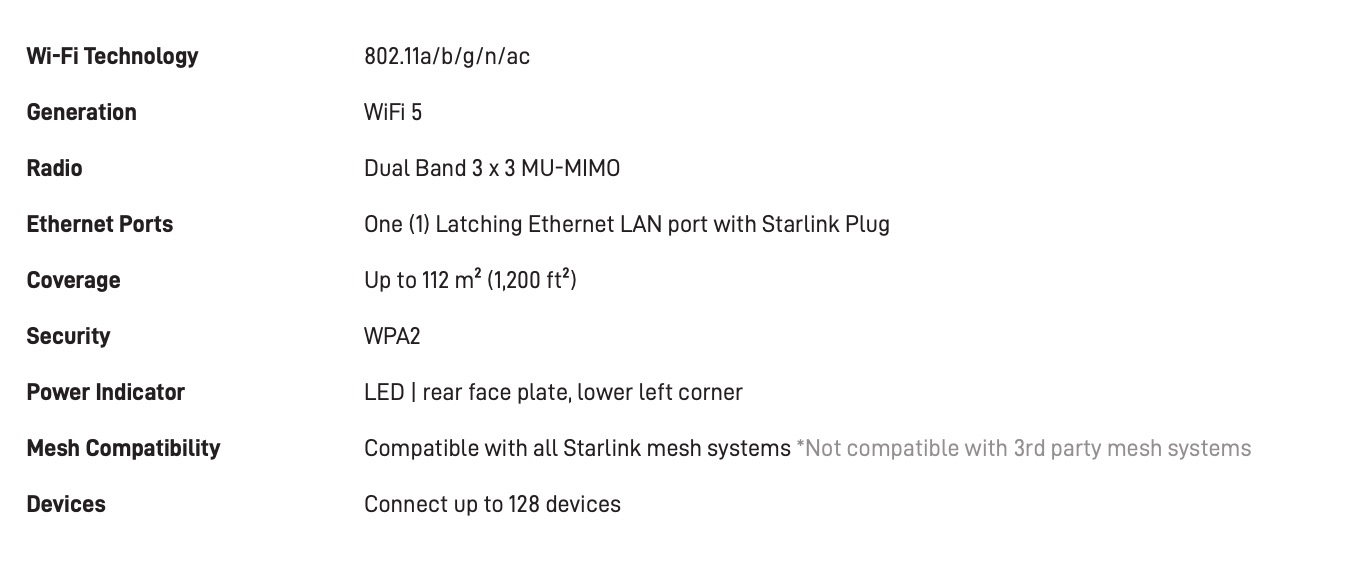
In a departure from previous equipment, the dish itself houses a router and WiFi access point. This makes a lot of sense for portability. The only connection needed to get the system online is power. The built in WiFi 5 access point is a step down in performance from the WiFi 6 radio included with the third generation terminals. But, I don’t expect this will prove much of an issue. WiFi 5 is still capable of speeds well in excess of the Mini’s satellite link.
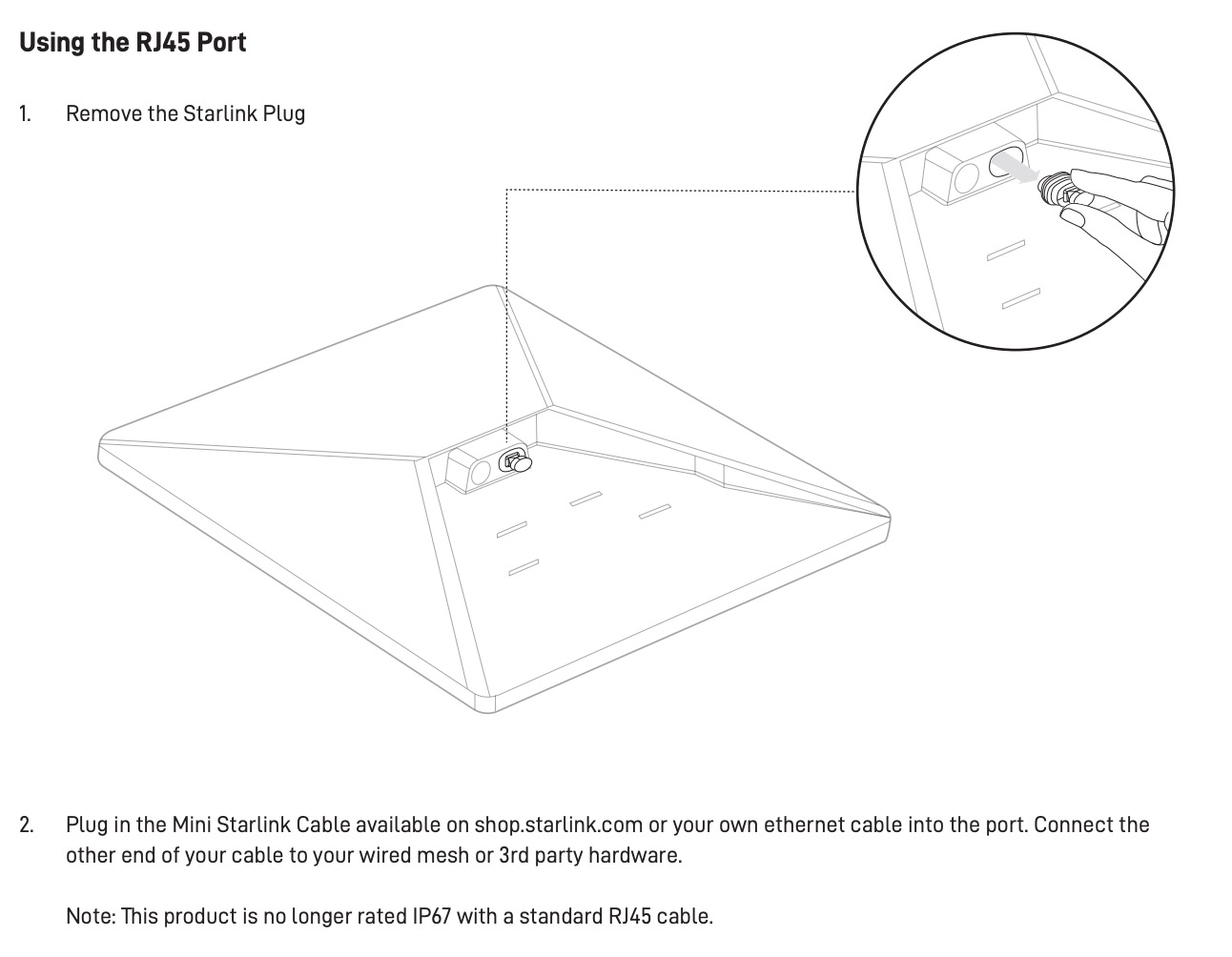
For more permanent installs, there’s a good chance the dish itself won’t be a good spot for a WiFi access point. Fortunately, there is a single Ethernet port on the back of the dish. The specs describe that port as latching. I believe that implies this is a slightly different connector than the one on the third generation terminals. That connector doesn’t use the latching clip on a standard RJ-45 cable. The Mini can use a standard RJ45 cable. However, with a standard cable, the terminal loses its IP67 rating.
Performance
The only place I’ve been able to find any mention of throughput is in the invite email Starlink sent to early subscribers. That email says the kit is capable of greater than 100 megabits per second. Although that is less than their other terminals, it’s still plenty of bandwidth for the vast majority of daily tasks on the internet. In fact, I would argue that above about 50 megabits, latency is likely the more important metric than throughput for many tasks.
A YouTube channel called Gear Musk has an unboxing video in which he shows a Mini unboxed — in the back of a Tesla Cybertruck, naturally –, plugged in, and performing a speed test. That test shows 180 mbps download performance.
What’s included?
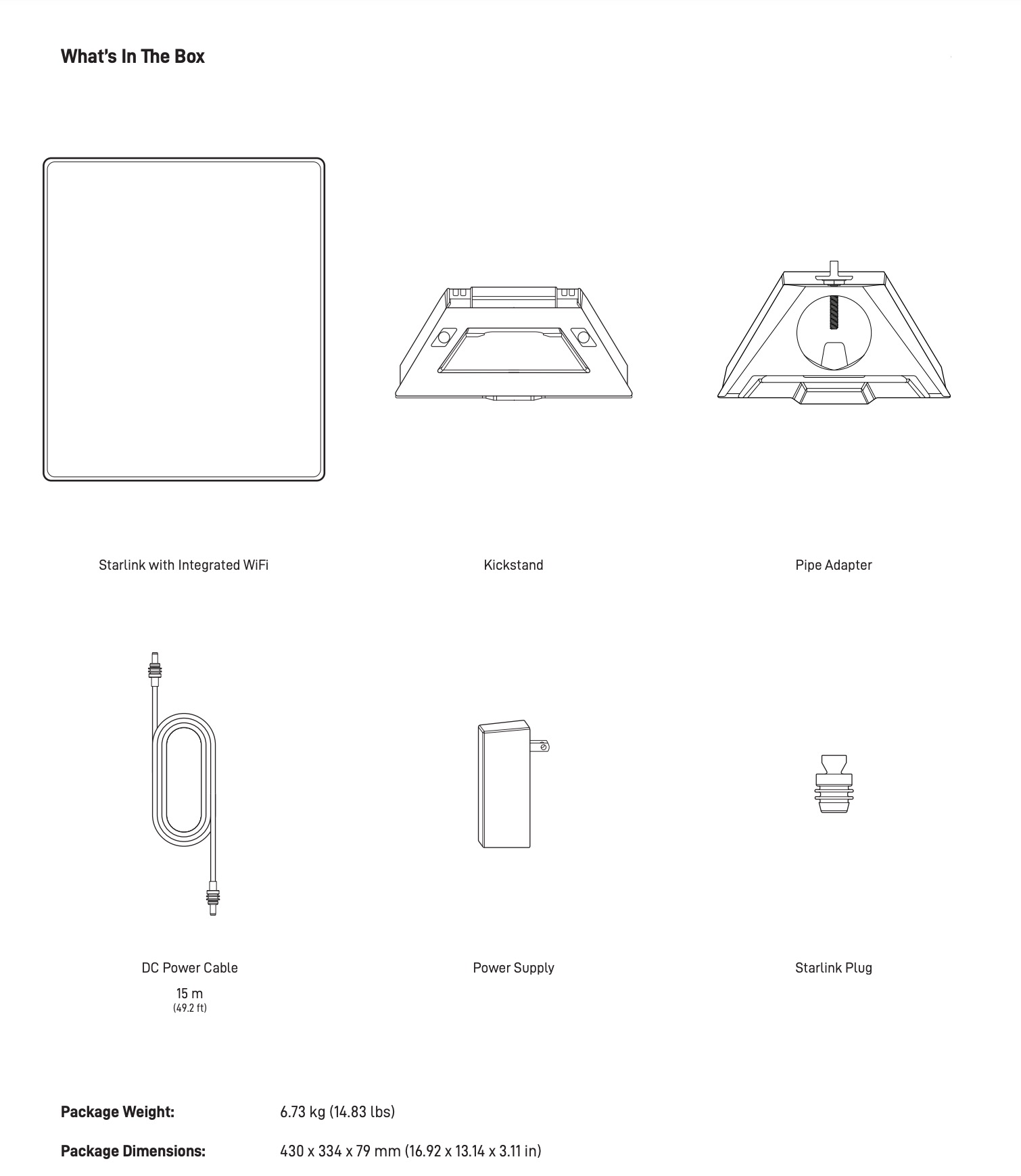
Starlink has changed up what they include with the Mini. They don’t include an Ethernet cable, however they do include a pipe adapter. I’m not sure how they decided to include the adapter with this terminal. I suspect a significantly smaller number of Minis will be permanently mounted than other models.
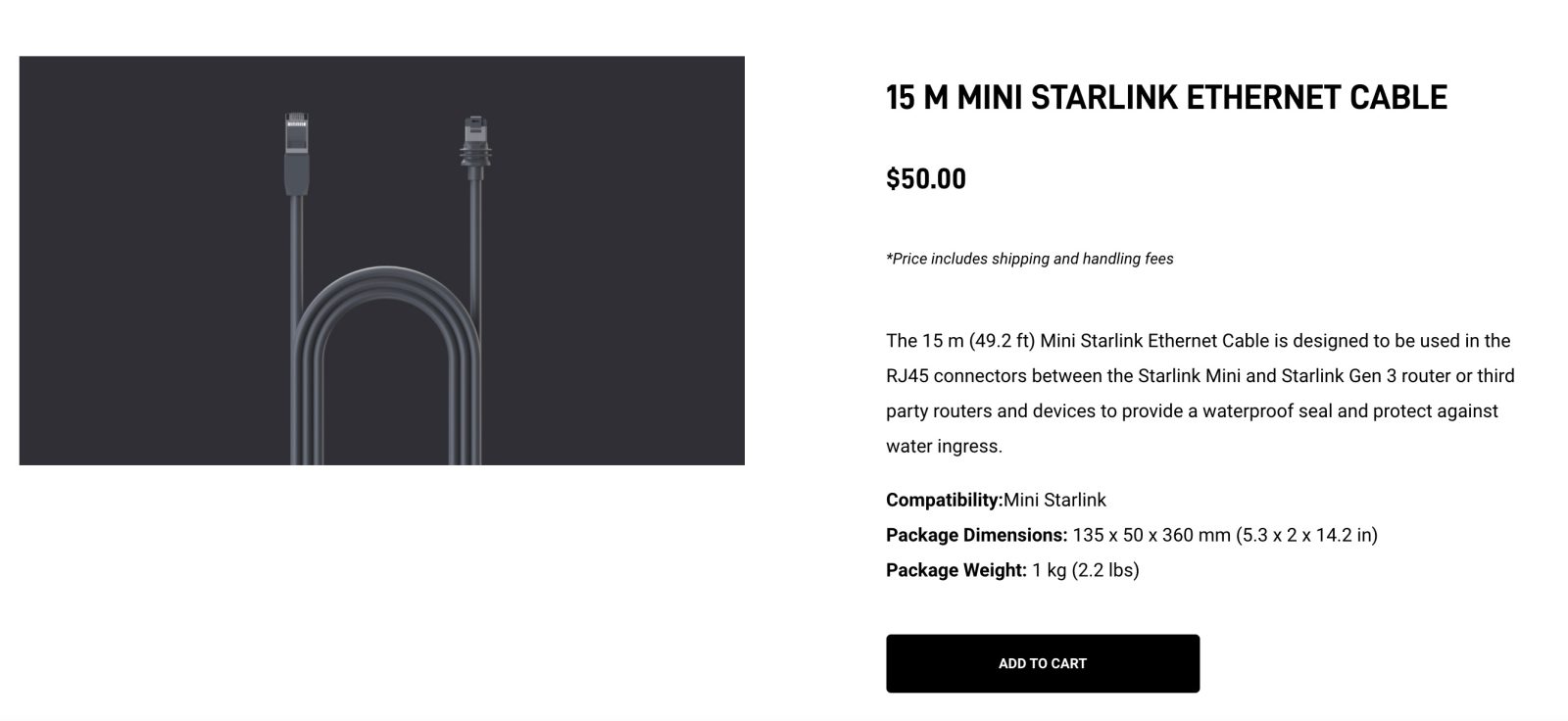
The two acccessories I’d like to have would be an Ethernet cable and the USB-C PD powering cable. A 15-meter Ethernet cable is currently available in the Starlink shop for $50. The USB-C power cable does not appear to be available yet.
Service options
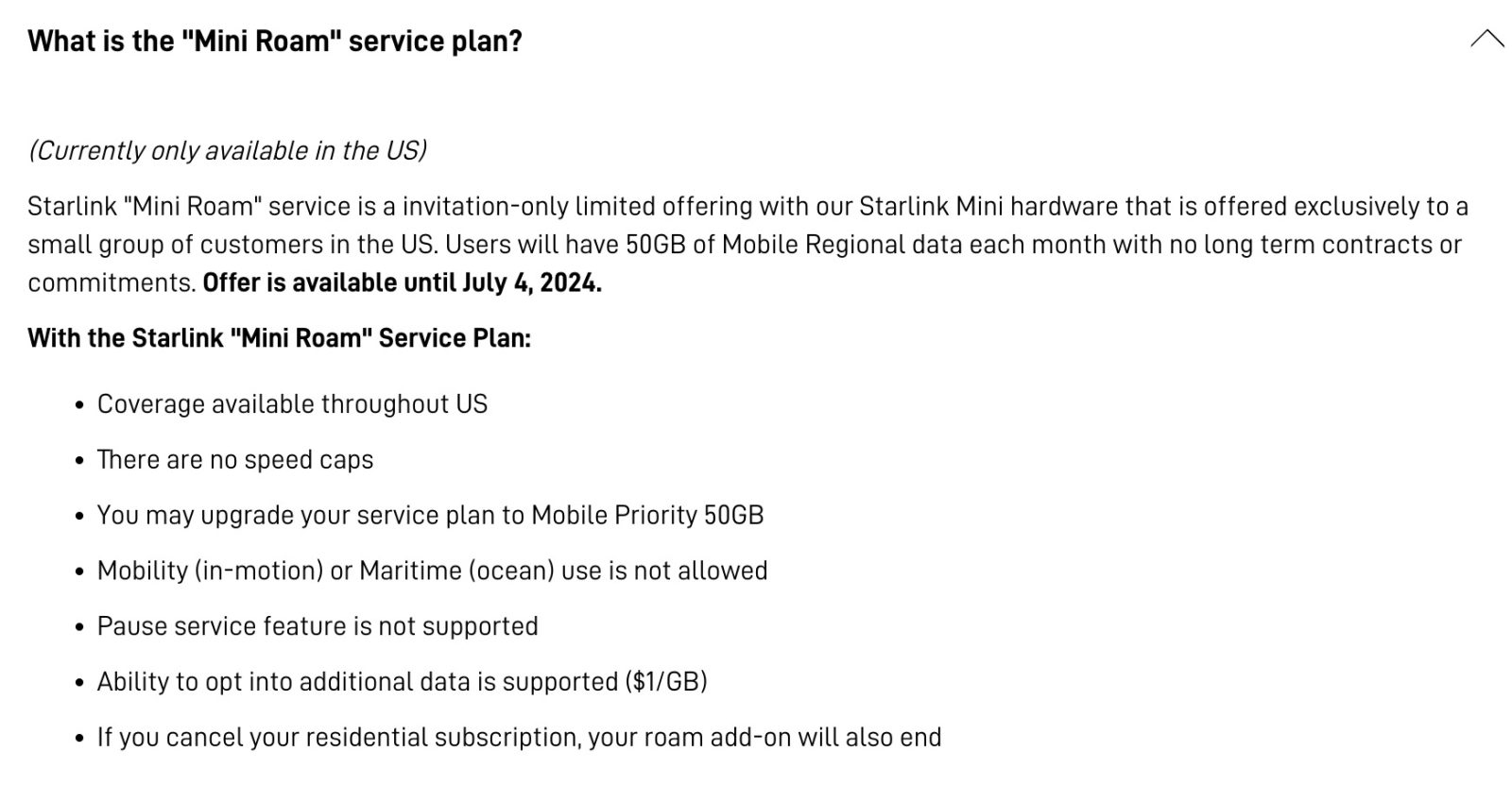
Our friends at the Mobile Internet Resource Center posted an update on the Mini’s launch a few days ago and noted their excitement over the Mini hardware and disappointment with the launch rate plan. At least in the United States, the above $30 per month service plan with 50 gigabytes included is the only option. Additionally, it’s only available via an invitation from Starlink. Also, since the offer was first announced, a second round of invites have gone out and a July 4th, 2024 deadline has been added.
Last week, Elon Musk tweeted about the Mini stating that both equipment and service would be about half the price of the current offerings. That would put equipment around $250 and a mobile plan around $75. Currently equipment is $600 and service is $30, but only when paired with a residential plan and limited to 50 gigabytes. Each additional gig is one dollar. Starlink Mini owners have the option to upgrade to the $250 mobile priority 50 gigabyte plan.
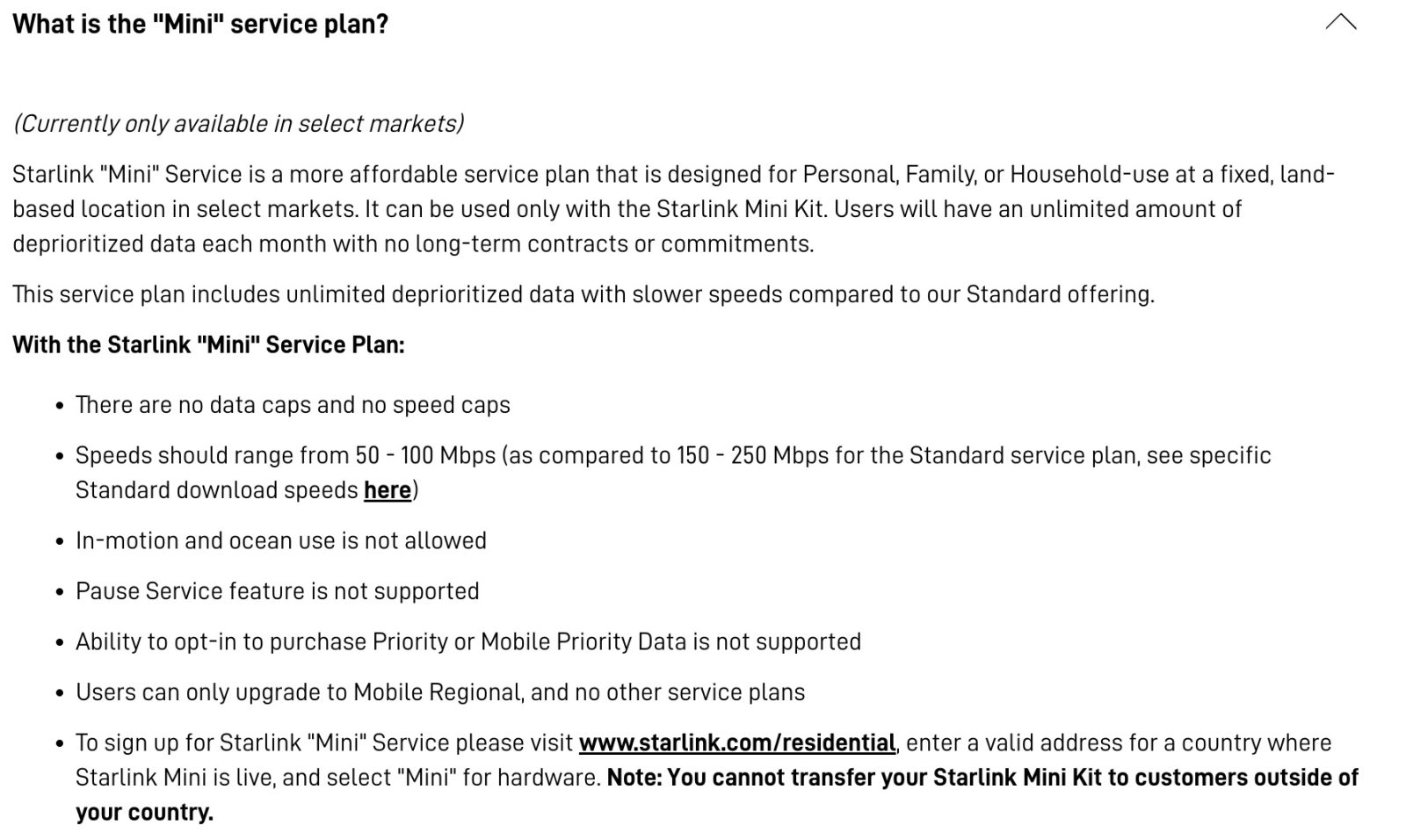
Customers in Columbia, El Salvador, Guatemala, and Panama can purchase Mini for $200 and the above unlimited service for $35 per month. It’s not unusual for Starlink’s pricing to vary widely between countries based on capacity and demand. So, we can only hope this might be a hint of future options elsewhere in the world.
Speculation (or would you prefer wild guessing?)
I don’t have access to a Mini so I can only make some educated guesses about its performance. I’ll also take a look at potential paths forward for pricing and service, but this too is little more than one person’s best guess.
Performance on a boat
The Mini has the same 110 degree field of view as both the Standard (third generation) and Standard Articulated (second generation) terminals. I suspect this means its signal gathering performance will be similar to those two pieces of hardware. So, in scenarios where the standard hardware performs well, like swinging at anchor, I expect the will too. Albeit, at lower throughput. I also expect the Mini’s latency performance will be very similar to other hardware.
I suspect that performance in relatively slow motion, will be similar, though possibly reduced some, when compared to standard hardware. With a smaller phased array of antennas, it seems reasonable to think that at higher speeds, in motion performance may suffer.
Pricing and service plans
As mentioned above, I hope the current offering in Latin America serves as a guide for what we might see elsewhere in the world. Frankly, that pricing actually seems a little too good to be true. I would be very happy to see the Mini come in at $300 and an unlimited regional (Starlink’s terminology for same continent) roaming service plan at $75 a month. However, that’s just one person’s blind speculation and wishing. All we can do is wait and see what happens. I’m thinking we are likely to see more changes pretty soon. Especially once the July deadline for the early offers passes.


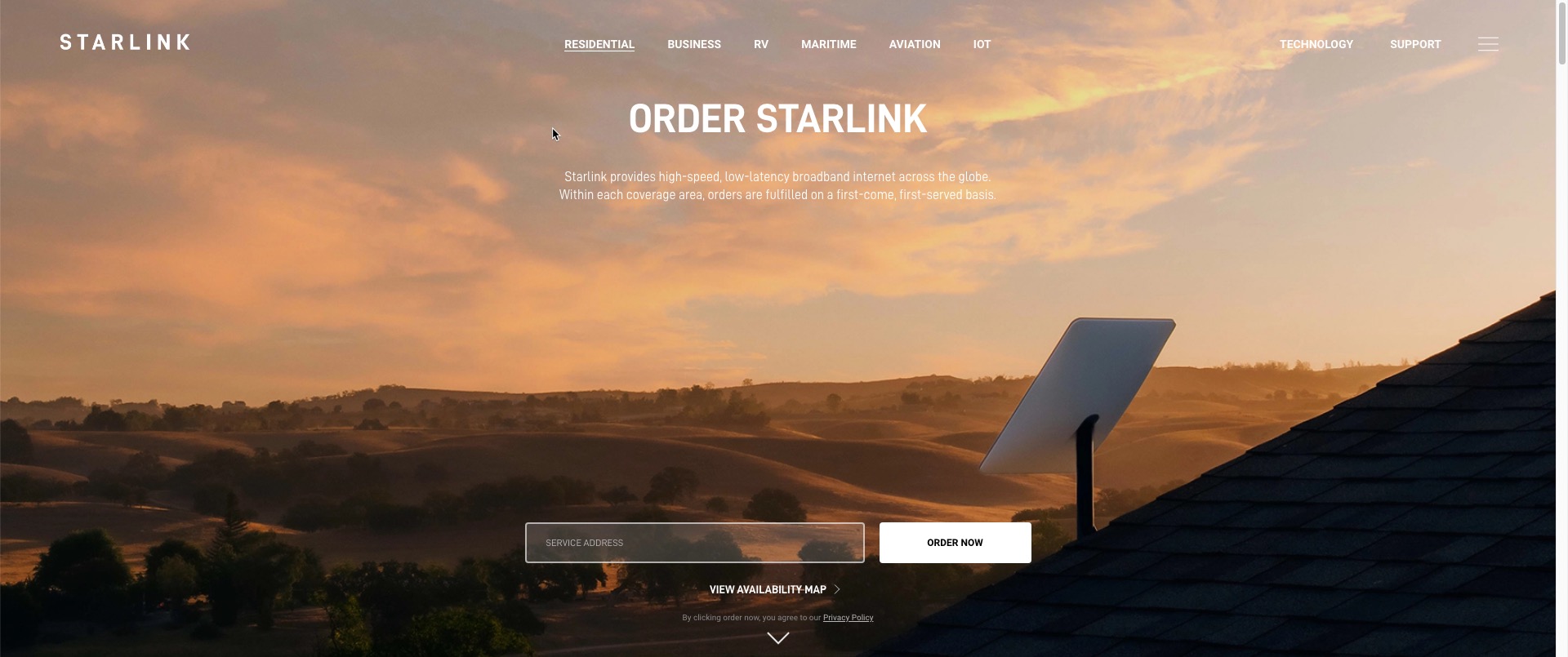


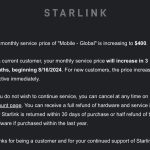







I just got an invitation for the mini and placed the order. I’ll report back with my findings.
When we cruise on our boat we tend to use about 120gb a month, we don’t know why we have not been able to isolate the device so we normally use PAYG sims (€20 for 90-120gb depending upon network provider). I would love to migrate to Starlink and just pay a subscription but It is a shame that there is not a sensibly priced option.
Sim cards do not work offshore and in the Caribbean are much more expensive so Starlink is a better service but there are tens of thousands of boats in costal waters particularly in the Mediterranean so the market to those vessels is far bigger than for the relativly small number of boats that truly venture offshore.